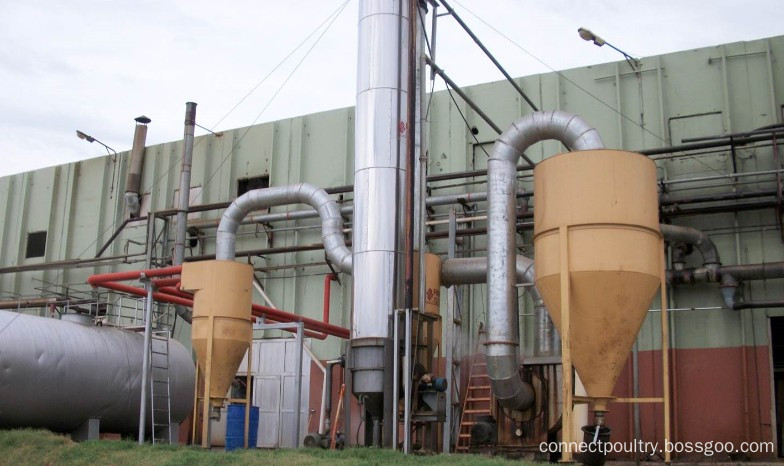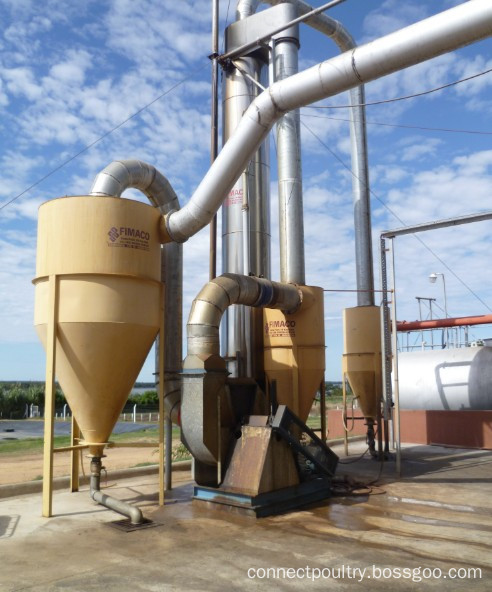The explosive growth of new energy vehicles has led to a surge in the production capacity of lithium-ion batteries , and the shortage of lithium resources has skyrocketed. At this time, sodium ion batteries with similar physical and chemical properties have received extensive attention in the industry, and a "capture of power" is being brewed. So, what is the sacred sodium ion battery? Can it replace the lithium-ion battery as a new favorite? And see below. The shortage of lithium resources has soared The explosive development of the new energy automobile industry has driven the demand for lithium salt. At present, the gap of domestic power battery has reached 2Gwh. According to the estimated amount of 0.7kg of lithium carbonate required by 1Kwh, the demand for lithium carbonate has reached 1400 tons. The total global lithium resource reserves are converted into purified metal lithium up to 30 million tons. At present, the proven recoverable lithium resources are converted into metal lithium up to 15 million tons. According to the plan, the domestic new energy vehicle production will reach 2 million in 2020, and the global lithium demand will reach 40 million tons in 2050. At that time, lithium as a scarce energy source is difficult to meet the supply of new energy vehicles, and the gap between supply and demand will expand in the future. Compared with lithium, sodium is rich in reserves, widely distributed, low in cost, and has similar physical and chemical properties to lithium. Once lithium is not available in the future, sodium-ion batteries will be completely replaced and successfully put on the top. Therefore, the research on sodium ion batteries has been widely concerned in the industry in the past two years. What is the sacred sodium ion battery? The concept of sodium ion batteries started in the 1980s with lithium-ion batteries almost at the same time. The working principle of sodium ion battery is similar to that of lithium ion. When charging, Na+ is removed from the positive electrode material, and the electrolyte is embedded in the negative electrode material, and the electrons are transferred to the negative electrode through the external circuit to maintain the charge balance; the opposite is true when discharging. In principle, the charging time of a sodium ion battery can be shortened to 1/5 of that of a lithium ion battery. The most important feature of sodium ion batteries is to replace the expensive Li+ with Na+. In order to adapt to sodium ion batteries, the cathode material, anode material and electrolyte should be changed accordingly. Compared with lithium, the advantage of sodium ion battery is that it is rich in resources. The sodium resource accounts for about 2.64% of the crust element storage. The method of obtaining sodium element is also very simple, so the sodium ion battery will be more cost-effective than lithium ion battery. Advantages. Although the energy density of sodium ion batteries is not as good as that of lithium ion batteries, sodium ion batteries still have a very broad application prospect in the current situation of high price of lithium carbonate: in areas where energy density is not high, energy storage and peak shaving in the grid The application prospects of wind power storage and energy storage are broad. In the future, sodium-ion batteries will gradually replace lead-acid batteries, which are widely used in various low-speed electric vehicles and complement lithium-ion batteries. Sodium ion batteries are widely concerned by the research community The application value of sodium ion batteries has received more and more attention. In recent years, sodium ion batteries have received extensive attention from scientific research circles, and major researches at home and abroad have made major breakthroughs. In 2015, Li Yunming, a Ph.D. student at the Institute of Physics of the Chinese Academy of Sciences, and Hu Yongsheng, a researcher, made breakthroughs in carbon-based anode materials for sodium-ion batteries. They used a less expensive anthracite as a precursor, and obtained a simple pulverization and one-step carbonization. A carbon negative electrode material with excellent sodium storage properties. In April 2016, researchers at Suzhou University and the Planck Solid State Institute in Germany developed an anodized sulfur-doped TiO2 nanotube array that not only provides more reactive surfaces, but also provides a more reactive surface. Greatly improve the electronic conductivity. In August 2016, Xusheng Wang of Peking University and others used a simple high-temperature solid phase method to synthesize a new metal sulfide anode material SnSSe, which showed excellent cycle performance and rate performance. In February 2017, Li Yunming, a Ph.D. student at the Institute of Physics of the Chinese Academy of Sciences, and Hu Yongsheng, a researcher, used a less expensive anthracite as a precursor to make a negative electrode for sodium ion batteries. A simple carbonation and one-step carbonization gave a carbon with excellent sodium storage performance. The anode material provides possibilities for further market application. Battery companies have launched the field of sodium ion batteries The prospect of sodium ion battery is broad, and it will gradually replace lead-acid batteries in the future. It has been widely used in low-speed electric vehicles , and battery companies have been preparing for the field of sodium-ion batteries. Sumitomo Electric In 2013, Sumitomo Electric Industries developed a sodium-ion battery that works even when the internal temperature of the battery is low. Because there is no need for heat dissipation, the volume has been successfully reduced to below the lithium battery . The goal is to apply to residential batteries and pure electric vehicles . Superwealth On January 18, 2017, Chaowei Group and General Electric Company of the United States combined their respective industries and technological advantages to jointly establish a joint venture company to expand the application field of sodium salt batteries and take a crucial step in rushing to the domestic energy storage market. After years of research and development, Durathon sodium salt battery technology has been commercialized. At present, solar energy , wind power combination, peak management, communication base stations and other energy storage projects have been built in 25 countries around the world. Bick battery The development of the sodium ion battery of the BAK battery has entered the pilot stage, and the technical improvement of the low energy density of the sodium ion battery has been continuously carried out to reduce the cost of the vehicle. The cycle life and safety of sodium-ion batteries are very good. Once the test is successful, the cost of the power battery will be directly reduced. Bicker battery said that it is imperative to develop a sodium ion battery in a rainy day. Dongguan Maike Dongguan Maike is developing a new type of sodium ion battery. Based on more than 50 papers related to sodium ion batteries and 9 sodium ion core patents, the company has achieved breakthroughs in sodium ion battery material production and platform construction. Progress in sexuality, newly applied for two invention patents. At the end of 2016, the team focused on the improvement of the performance of organic and inorganic raw materials for sodium-ion batteries, perfecting process production and platform construction, and will be piloted on a small scale by mid-2017. It is expected to complete small-scale applications by the end of 2018. Toyota Toyota's newly developed sodium ion technology can effectively increase the cruising range of electric vehicles, up to an astonishing 1000 kilometers, and the price is lower. Toyota's new battery uses a sodium-based compound as a positive sodium ion battery, which produces a voltage that is 30% higher than that of a lithium-ion battery . It is reported that Toyota is accelerating research and is expected to be put into practical use around 2020. The battery, once commercialized, the price will be lower than the conventional lithium battery. Xiaobian said With the vigorous development of the battery industry, batteries of different technical routes have their own specific market segments. In the future, sodium-ion batteries will be used in the field of public transportation systems and low-speed electric vehicles. With the continuous improvement of sodium ion battery research and development technology and the decreasing process cost, the future market prospect of sodium ion battery is expected.
The raw material of poultry and animal wastes after cooking in Batch Cooker and cooked meal dried in Dryer, it generates any odor from the whole process, when the odor released from batch cooker and dryer, first it goes into Dust collector which to collect the meal which release with odor in catcher, and then the odor go to condensor which most of odor condensed , and the odor which not condensed goes to chemical washing tower , during these processing, the odor complete remove and reach to the air releasing standard. Connect Odor Treatment system help you get environmental protect solution for your Rendering Plant. No any odor release from your plant.
4. It is easy to remove pipe scale, not need to stop the working of refrigeration system.
Odor System, Deodorizing System, Deodorize Equipment Connect Group For Poultry Project , https://www.connectpoultry.com
First: Water-cooled condenser
Functions:
Water-cooled condenser take water as cooling medium to remove condensation heat by raising temperature of water.
Feathers:
1. There is no strick requirement on water quality,generally water can be used as cooling water. The cooling water flow fast
2. It is easy to remove pipe scale, not need to stop the working of refrigeration system.
Second: Open Model condenser
Functions: Water-cooled condenser take water as cooling medium to remove condensation heat by raising temperature of water.
Feathers:
3. There is no strick requirement on water quality,generally water can be used as cooling water. The cooling water flow fast




